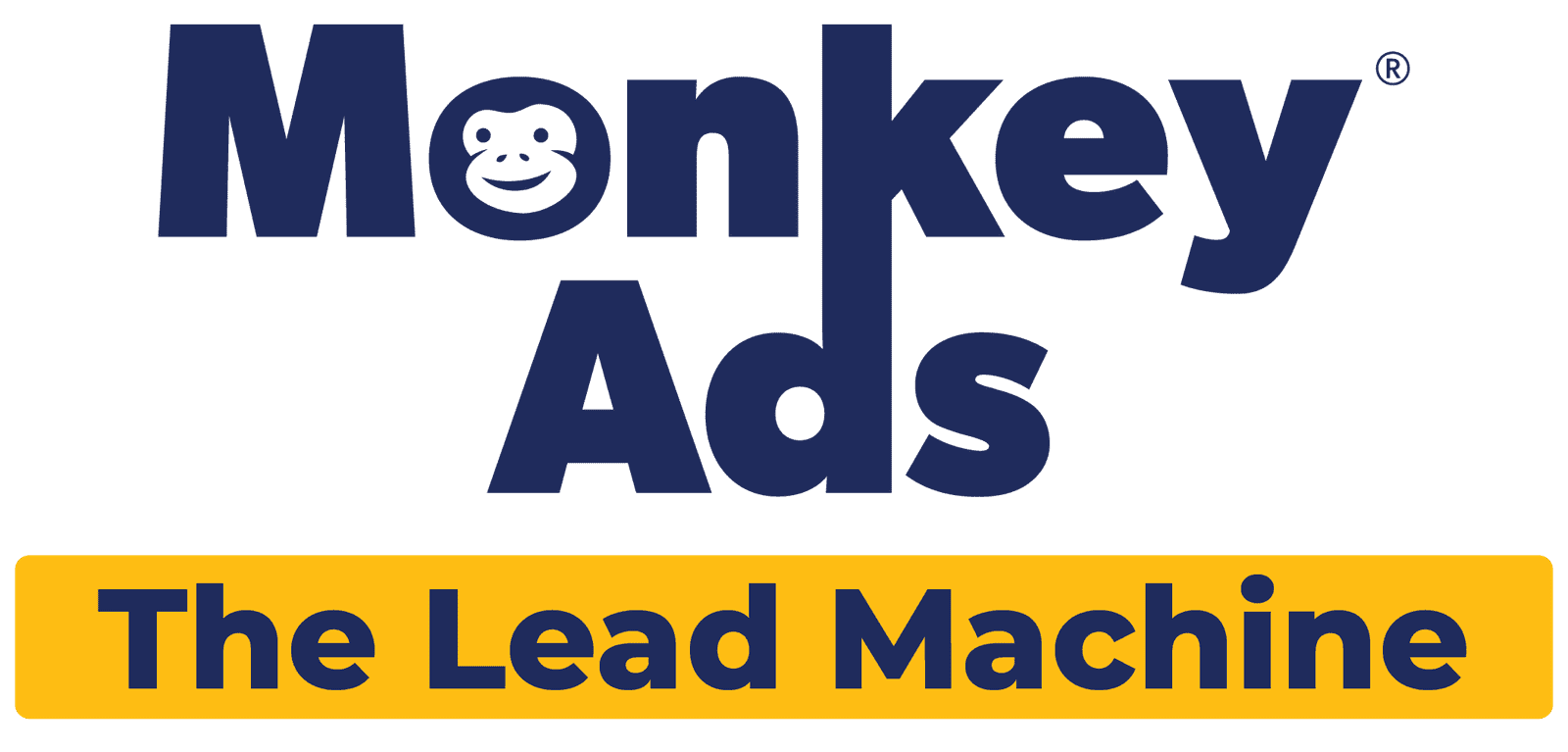In the ever-evolving world of branding, the most powerful transformation a brand can achieve is going from brand to verb. It’s a rare phenomenon, but when it happens, it changes everything. Brands like Google, Zoom, and Photoshop didn’t just create services — they become actions. At Monkey Ads, this wasn’t an accident. It was intentional. It was science, backed by strategy, language, and behavior.
The Vision Behind Monkey Ads
When we set out to build Monkey Ads, the goal was crystal clear: to create a name that didn’t just stand out — it stood in. We didn’t want to be just another digital marketing agency. Our vision was for people to say “Do Monkey” when referring to their next big campaign. Monkey Ads had to become the shorthand for execution, creativity, and impact
That’s what it means to go from brand to verb.
The thought process was deeply rooted in human psychology. People remember actions more than objects. So when your brand becomes an action, it lives in daily conversations, in decisions, and in business moves. Monkey Ads wasn’t just about ads. It was about becoming the go-to action for digital growth.
Language as a Tool for Branding
One of the most underrated elements in brand building is language. If people can’t say your brand easily or naturally, they won’t use it often. So the name ‘Monkey’ wasn’t just playful or quirky — it was designed to be spoken. It’s short. It’s fun. It has rhythm. And more importantly, it lends itself to action.
This is where science comes in. Linguistically, verbs stick. Verbs are power. When people say “Photoshop this” or “Google that,” they are not referring to a product. They are referring to an action. That was our north star: to take Monkey Ads from brand to verb by embedding it in everyday business language.
The Moment ‘Karo Manki’ Was Born
It started subtly — in team meetings, in casual chats, and in client discussions. We’d say things like, “Let’s Karo Manki for this launch.” Or, “They haven’t done Monkey yet.” These were small phrases, but they packed a big punch. The brand was shifting. The verb was taking over. And soon, our clients picked it up too.
That’s when we knew. Monkey Ads was no longer just a brand. It had officially crossed over from brand to verb.
Technical Aspects Behind the Name
Apart from the emotional and linguistic strategy, we took care of the technical groundwork. We secured the right domain. We ensured the name was easy to spell, easy to type, and easy to remember. The name “Monkey Ads” is not just branding — it’s infrastructure. It’s a system that holds up in conversation, on Google search, and in every pitch deck.
We’ve applied this same technical branding thinking in several projects — have a look at our client portfolio to see brands we’ve helped elevate.
But no matter how sound the backend is, the front-facing story matters more. That story is about turning something static into something people act on. That’s what it means to evolve from brand to verb — and that’s what Monkey Ads stands for.
Final Thoughts
Going from brand to verb is not about luck. It’s about design. It’s about crafting a brand that doesn’t just sell — it speaks. It moves. It acts. Monkey Ads was created with that exact goal in mind. Every word, every campaign, every conversation nudged it in that direction.
If you’re ready to transform your brand from name to movement, let’s build together.
Today, “karo manki” isn’t just a catchphrase.It’s a mindset. A move that sets things in motion. Something you do when you want results.




